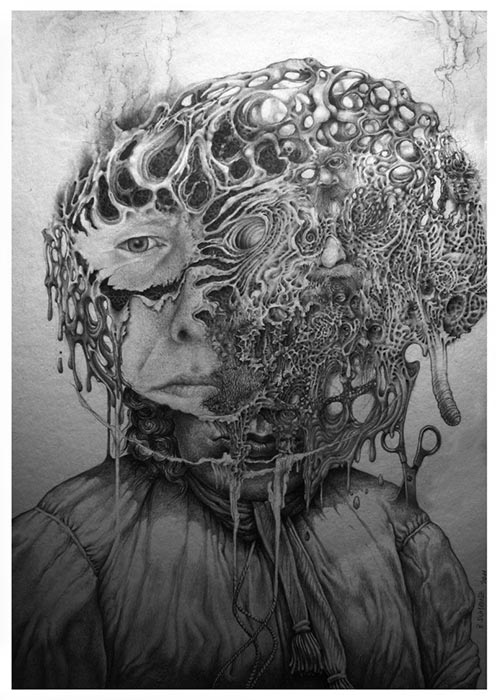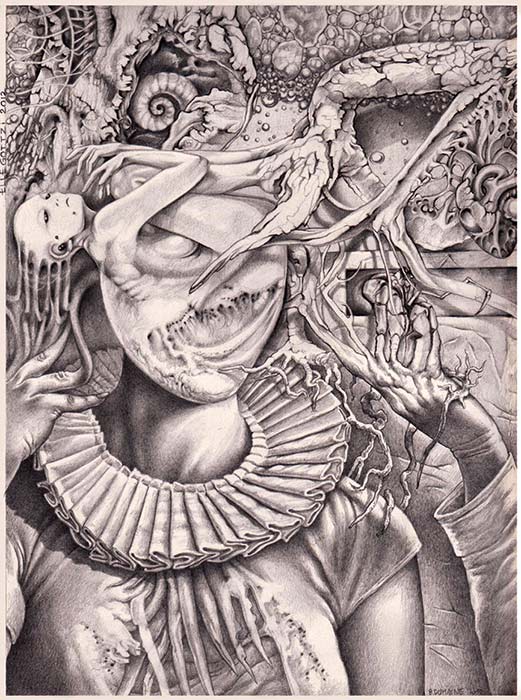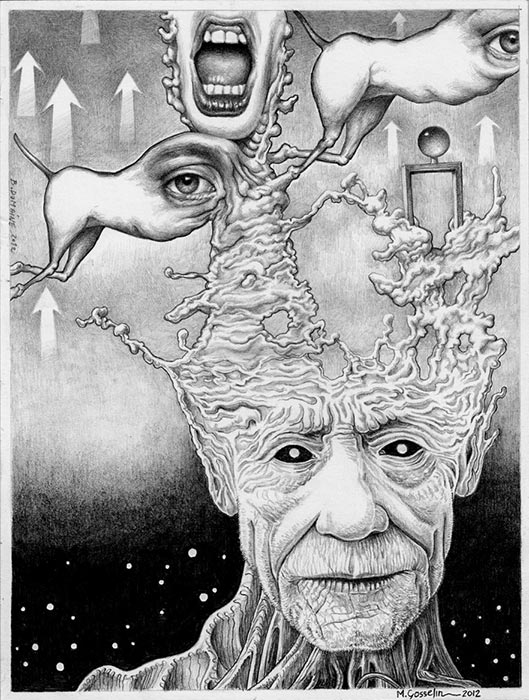Short filmmaking has always been an understated component of cinema. It contains all of the magic, escapism, and even technicality that goes into making full length feature productions. In fact some may argue that it is even more difficult to master given the short amount of time that one has to work with to get all of the aspects of filmmaking into the right gear.
This list serves not only as a compiled source of recommendations that we hope helps to gain more attention and recognition to this compact pieces of brilliance but to also highlight some of the best short films ever created. Reasons being vary, from inspirational causes, new age inventiveness, boundary pushing material, or overall well rounded superb examples of filmmaking.
The same focus should be applied to short films as featured since they are comprised of the same foundation and our goal with hopefully at least a few of these is to prove the worth of short filmmaking and their potency to even stand up next to some of the greatest feature length films.
Follow the link to the article:
http://www.tasteofcinema.com/2014/25-of-the-best-short-films-you-can-watch-online/
































